Arthropoda

Red Rock Crab
Cancer productus

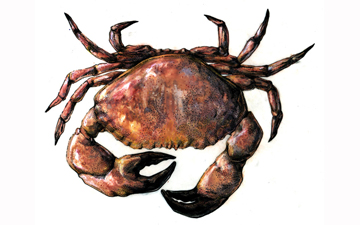
Sorry, there is no photo available. If you have one, please submit
here
.
7 POINTS
• Cancer productus has a MOVE of 2.
• Cancer productus can use its large pincers to crush barnacles.
Cold, Cool, Warm
Graphic by Martha Isermanwww.bigredsharks.com
Cancer productus, one of several species known as the red rock crab, is a crab of the genus Cancer found on the western coast of North America. Cancer productus has carapace teeth that are somewhat broad and rounded with teeth between the eyes of nearly equal size and shape. The carapace of C. productus is widest at the posterior-most tooth, […] read more

Copepod
Copepod (subclass)

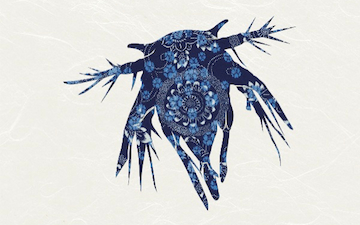
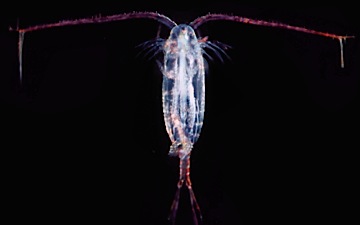
3 POINTS
Play: Copepod has a MOVE of 2.
Fact: Copepods may form the largest animal biomass on earth.
cold, cool, warm
Graphic by Yukiko Fujiwarawww.cdb.riken.go.jp/en/05_development/0506_piccard05.html
Photo by Uwe Kilsen.wikipedia.org/wiki/User:Uwe_Kils
Copepods ( /ˈkoʊpɪpɒd/; meaning “oar-feet”) are a group of small crustaceans found in the sea and nearly every freshwater habitat. Some species are planktonic (drifting in sea waters), some are benthic (living on the ocean floor), and some continental species may live in limno-terrestrial habitats and other wet terrestrial places, such as swamps, under leaf […] read more

Common Fruit Fly
Drosophila melanogaster

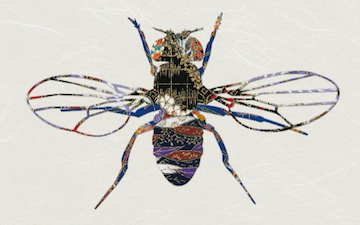

4 POINTS
Drosophila melanogaster has a MOVE of 2
Drosophila melanogaster’s wings can beat up to 220 times per second
Cool, Warm
Graphic by Yukiko Fujiwarawww.cdb.riken.go.jp/en/05_development/0506_piccard05.html
Photo by Aldo Merlowww.flickr.com/people/aldomerlo/
Drosophila melanogaster (Greek for dark-bellied dew lover : δρόσος = dew, φίλος = intimate friend, lover, μέλας = dark-coloured, γαστήρ = belly [2]) is a species of Diptera, or the order of flies, in the family Drosophilidae. The species is commonly known as the common fruit fly or vinegar fly. Starting from Charles W. Woodworth, […] read more

Atlantic Blue Crab
Callinectes sapidus

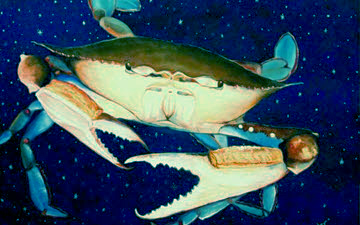
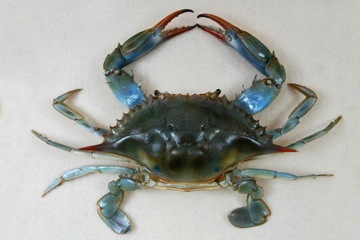
3 POINTS
• Callinectes sapidus has a MOVE of 2.
• Callinectes sapidus females have red-tipped claws.
cool, warm
Graphic by Scott Plasterscottplaster.com/
Photo by Wendy Kaveneywww.wendykaveney.com/-/wendykaveney/
Callinectes sapidus (from the Greek calli- = “beautiful”, nectes = “swimmer”, and Latin sapidus = “savory”), the Chesapeake or Atlantic blue crab, is a crustacean found in the waters of the western Atlantic Ocean, the Pacific coast of Central America and the Gulf of Mexico. On the Pacific coast of Central America it is largely ignored as a food source as picking […] read more

House Centipede
Scutigera coleoptrata

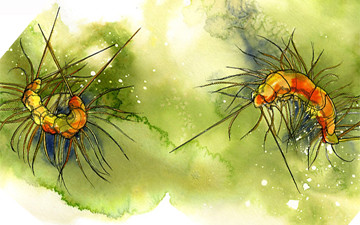
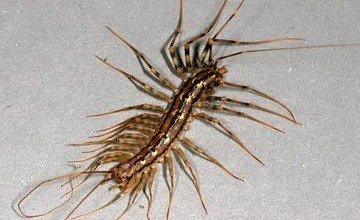
7 POINTS
• Scutigera coleoptrata has a MOVE of 2.
• Scutigera coleoptrata has a lifespan of three to seven years.
Cool, Warm
Graphic by Martha Isermanwww.bigredsharks.com
Photo by Dr. Gary Alpertphil.cdc.gov/phil/home.asp
Scutigera coleoptrata (one of several species commonly known as the house centipede), is a typically yellowish-grey centipede with 15 pairs of legs. Originally endemic to the Mediterranean region, the species has spread to other parts of the world, where it usually lives in human homes. It is an insectivore; it kills and eats other arthropods such as insects and arachnids. […] read more

Mosquito
Culiseta longiareolata

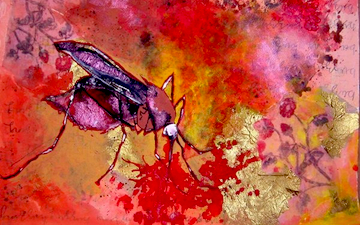
Sorry, there is no photo available. If you have one, please submit
here
.
4 POINTS
• Culiseta longiareolata has a FLIGHT of 2.
• Culiseta longiareolata is considered a POLLINATOR and can feed on SPECIES of larger scale.
Cool, Warm
Graphic by Monicadoingtheunstuck.deviantart.com/
Mosquito (from the Spanish or Portugueseword for little fly)[2][3][4][5] is a common insectin the family Culicidae (from the Latin culexmeaning midge or gnat).[6] Mosquitoes resemble crane flies (family Tipulidae) andchironomid flies (family Chironomidae), with which they are sometimes confused by the casual observer. Mosquitoes go through four stages in their life-cycle: egg, larva, pupa, and adult or imago. Adult females lay their eggs in standing water, which can […] read more